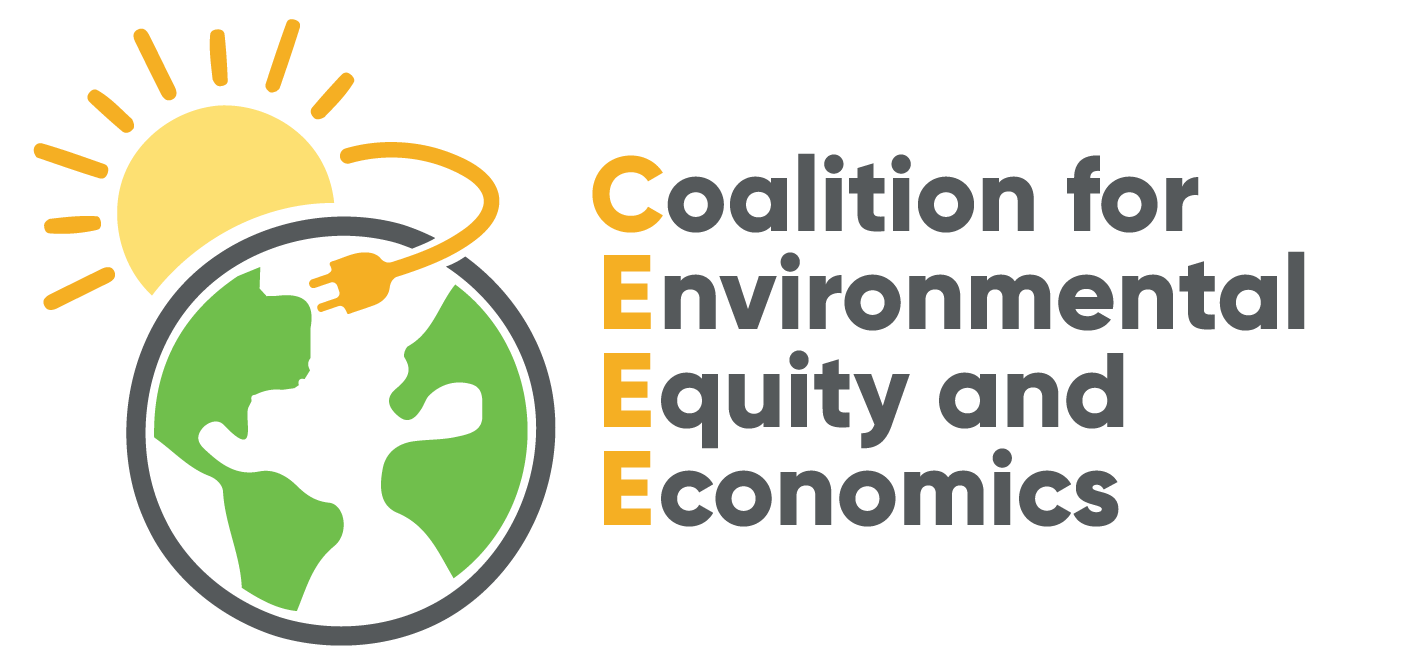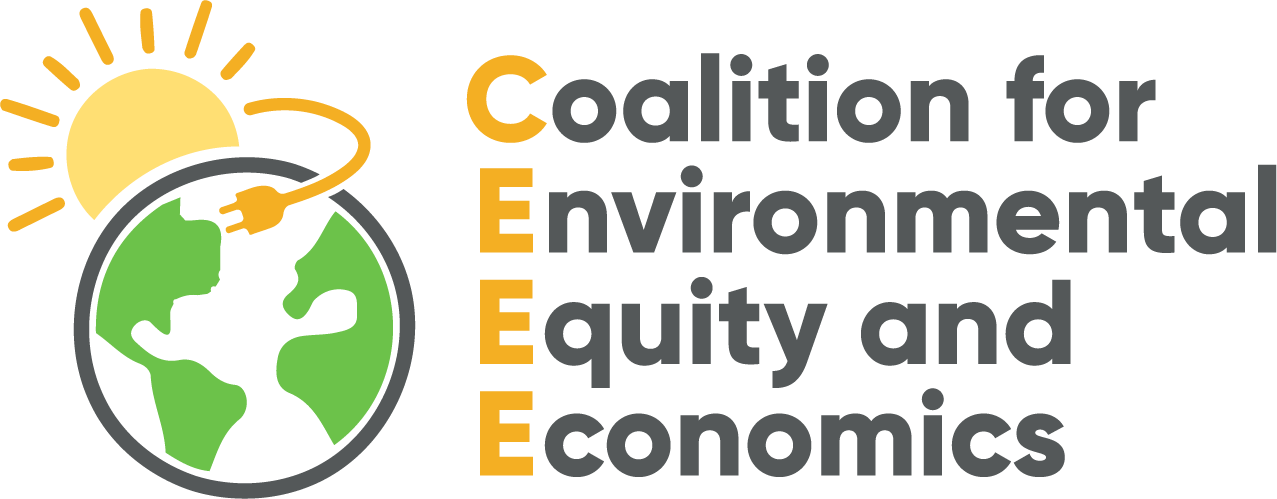A Transformation Powered by Equity
True environmental equity means an energy system that is resilient, renewable, and affordable to all.
Just under half of all new solar is going into working and middle class neighborhoods, including 150,000 solar roofs in the CARE program. We can help millions more working families get on-site solar by strengthening proven policies and prioritizing environmental justice in the growth of clean technologies.
Here’s how:
1. Save Net Energy Metering (NEM), the foundation of affordable and equitable solar energy.
We believe that by keeping NEM, we're able to further the equitable distribution of clean energy technologies that build community resilience, stability, and wealth in Just Transitions of our economy
Past 2021, let’s reform the NEM credit so that customers on CARE or FERA get full credit for their extra solar
2. Prioritize community power over corporate power
We want to build pathways for energy democracy that decenter the investor-owned utility (IOU) model and empowers communities to take control of their power and keep the lights on in a changing climate
Let’s keep dollars local, and push for local contracting, hiring and apprentice programs as part of Community Project Agreements (CPSs.)
3. Expand community solar through "Virtual Net Metering (VNEM)”
We need to ensure that renters continue to get full credit for their extra solar and expand access to VNEM so that even more renters benefit
4. Increase subsidies for working families for equitable technology distribution
Solar on Multifamily Affordable Housing (SOMAH) allows tens of thousands of income qualifying renters to benefit from access to solar for the first time - and save up to $50 per month on their utility bills
Single-family Affordable Solar Homes (DAC-SASH) helps homeowners in communities of concern receive no-cost rooftop solar installations
The Self-Generation Incentive Program (SGIP) goes towards free and reduced-cost batteries for income-qualified and wildfire-prone Californians.
The foundation of all affordable solar energy: Net Metering
Net metering (NEM) lets solar users share their extra solar energy with the community, for a bill credit.
It's the foundation of rooftop solar.
Keeping and strengthening the NEM credit so that customers on CARE or FERA get full credit for their extra solar is essential.
Expanding access for renters through "Virtual Net Metering"
Virtual Net Metering (VNEM) allows renters in multi-family homes with solar to get credit for the extra solar energy that is shared with the community, even if the solar array is owned by the landlord.
We need to ensure that renters continue to get full credit for their extra solar and expand access to VNEM so that even more renters benefit.
Targeted public funds reduce the upfront costs of solar and battery storage for working communities
Solar on Multifamily Affordable Housing (SOMAH) allows tens of thousands of income qualifying renters to benefit from access to solar for the first time - and save up to $50 per month on their utility bills.
Single-family Affordable Solar Homes (DAC-SASH) helps homeowners in communities of concern receive no-cost rooftop solar installations.
The Self-Generation Incentive Program (SGIP) goes towards free and reduced-cost batteries for income-qualified and wildfire-prone Californians.
The initiatives should be strengthened and streamlined to work in concert with each other, so the money gets out the door faster and is used more effectively.

Savings on clean, reliable energy for all communities.
Helping working communities finance the upfront costs of solar
Existing financing tools such as leases and Power Purchase Agreements (PPAs) already help eliminate the up-front cost of solar for many.
The state and utility providers should also allow a third option, On-Bill Financing, which lets people to repay their solar loan through their existing utility bill.
It is a simple option for consumers and removes credit barriers that may exclude working families and individuals from traditional financing options.
Utilities have lobbied to block on-bill financing; we want to fight back and make this a widespread option.
Community Partnerships: Bringing solar and batteries to entire neighborhoods all at once
Microgrids, Community solar and virtual power plants are different ways for interested parties to build and string together multiple solar and battery systems all at once.
The location of the projects is flexible: sometimes on nearby land, sometimes on apartments and churches and businesses in a neighborhood, sometimes all of the above.
Building projects all at once lowers the upfront installation costs, gives communities control over their energy and, in some cases, can provide backup power when the grid goes down.
These projects can supercharge the local grid with enough clean energy to retire polluting local power plants. This helps make our neighborhoods cleaner and our families healthier.
Red tape and poor program design, whereby customers don’t save enough or have enough say in the project, have stymied the growth of these partnerships.
An emphasis on local contracting, hiring and apprentice programs as part of Community Project Agreements (CPSs.)





